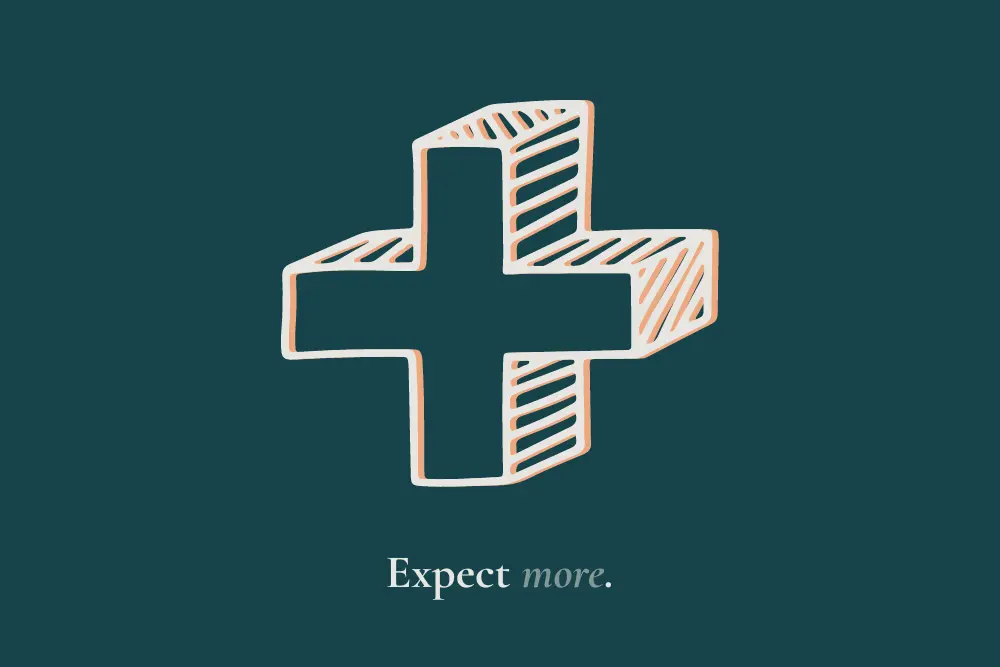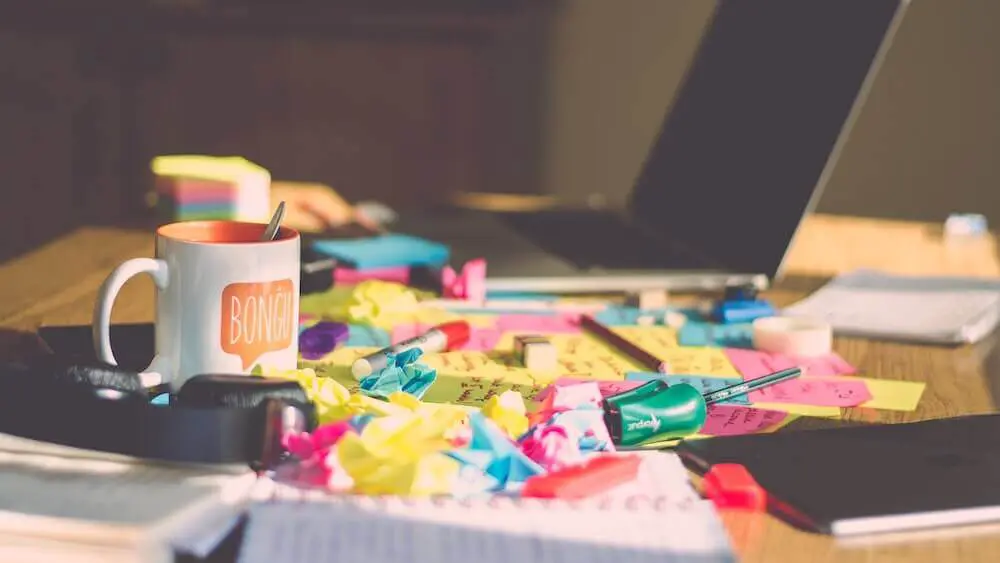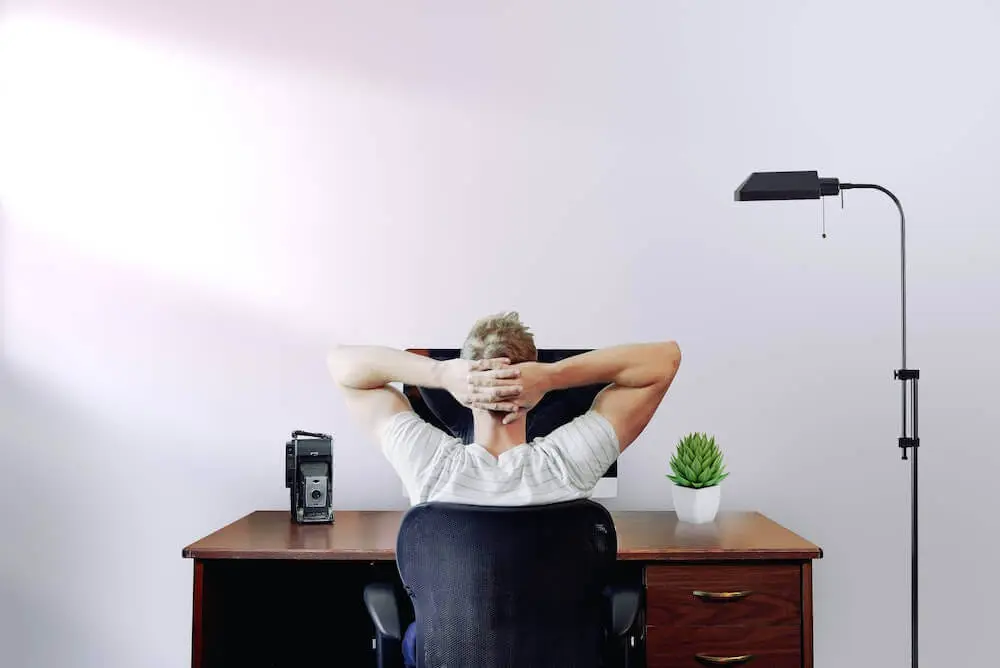How To Stay Grounded When Anxiety Strikes

Techniques To Reduce Anxiety
Do you feel overwhelmed by juggling your work and personal life? You’re not alone.
Perhaps you’re at the office and thinking about all the tasks you need to get done for the day including finishing a project, getting to a meeting, running home to do laundry, going grocery shopping, or squeezing in time to talk to a friend.
Do you ever have racing thoughts around how you’re going to get everything done? Think that it’s impossible to finish everything? You may stop paying attention in class, feel your heart beating faster and your palms getting sweaty. It can feel as though your world is closing in.
If you can relate to feeling stressed out about all the demands of life, you’re not alone!
Living in an up-pace society, we are often placed with multiple demands, which can easily make us feel overwhelmed. In turn, this can make it more difficult to be able to focus and concentrate, making getting everything we need to get done for the day that much harder.
Our minds are often racing between thinking about the past or the future, however we rarely stop to be present in the moment. If we can begin to learn to center ourselves back to the here and now, we can reduce anxiety and increase concentration by putting the breaks on in our brain.
Here are 10 some simple, easy grounding techniques, which can help to reduce anxiety when we notice it creeping up.
- 5-4-3-2-1: Look around the room and name 5 things you can see, 4 things you can touch, 3 things you can hear, 2 things you can smell and 1 thing you can taste.
- Box breathing: Picture a box in front of you. As you move up the side of the box, take a deep breath in for 4 seconds. Next as you move along the top of the box, hold your breath for 4 seconds. Then as you move down the other side of the box, breath out for 4 seconds, and finally as you run along the bottom of the box hold for 4 seconds. Repeat.
- Mindful eating: Take a raisin or other piece of food. Examine it. What does it look like? How does it smell? How does it feel? Slowly begin to chew it. How does it taste?
- Counting backwards: You can do this several ways, my personal favourite is to count backwards by 7 starting from 100.
- Ice cube technique: Take an ice cube and move it along your arm. Notice the temperature, if it melts, how it feels, and what it looks like- again, tap into your 5 senses.
- Teddy bear technique (for children): Lie on your back and place a teddy bear on your belly. As you take deep breaths in and out, watch the teddy bear move up and down with each inhale and exhale.
- Progressive muscle relaxation: Start with your right hand in a relaxed state. Slowly begin to clench your hand. Notice the tension as you begin to do this, as you transition your hand from a relaxed state into a fist. Next, slowly begin unclenching your hand back into a relaxed state, again noticing the difference in tension. Repeat these steps with your left hand and then move along to other body parts such as your foot or leg.
- Naming colours: Name everything in the room that is blue. Now name everything in the room that is red. Now everything in the room that is yellow, etc.
- Mindful walking: As you walk, notice the weight of each foot on the ground and how your weight changes as you take each step. If you are outside, notice if it is sunny, hot, cold or rainy. If it’s sunny, notice how the sun feels on your skin. Notice if you can hear cars passing or birds chirping.
- Monitoring your heartbeat: Place your fingertips together from both of your hands. Notice your pulse in your fingertips and pay attention to the rhythm of your heartbeat.
This article was written by Lisa Zemanovich during their time at Shift Collab.












.gif)







![Why You Need to Unfollow [@YourEx]](https://cdn.prod.website-files.com/625ec823c07cd8de32e1bae2/684af2346eb36cf47933e7ab_20240206T0910-707e5b7e-9802-42a3-8070-ba67b8dc33fd.webp)






![Summer Lovin' [not] Havin' a Blast](https://cdn.prod.website-files.com/625ec823c07cd8de32e1bae2/684af26ed2b68f821b628848_20240206T0910-fd1563e4-34d1-49e6-af59-9b95c717196a.webp)













































































